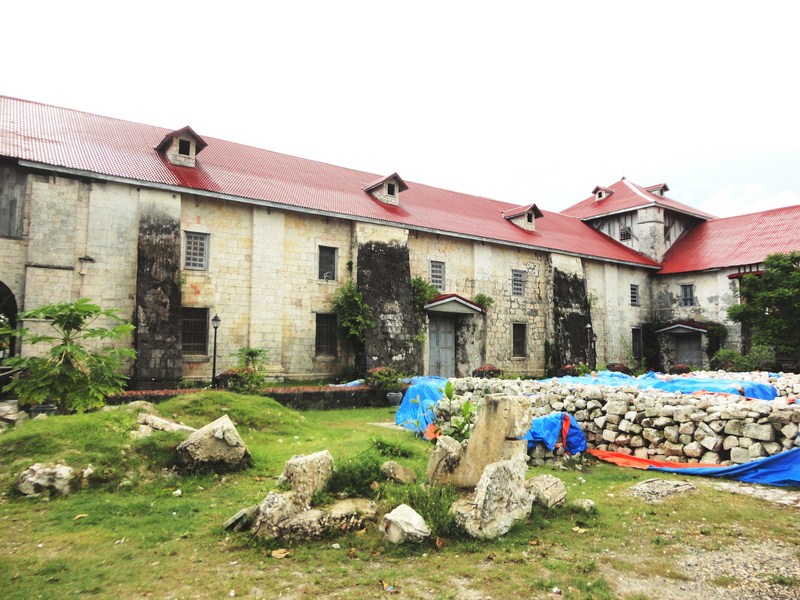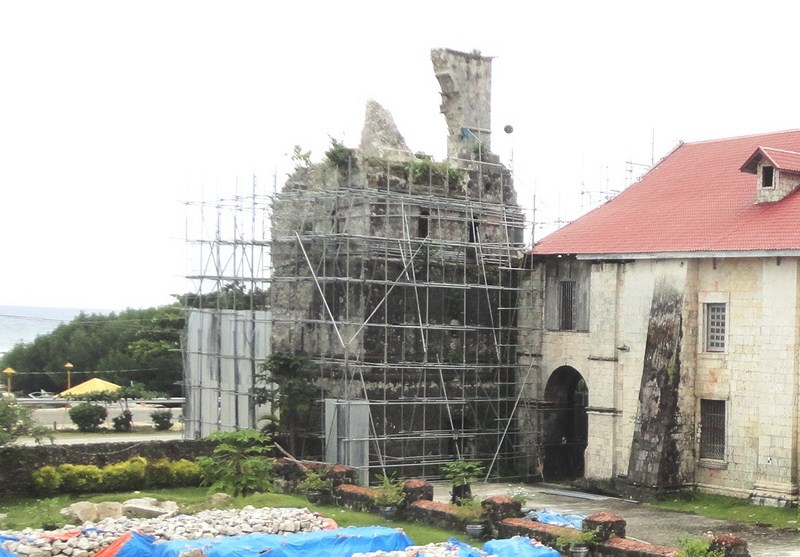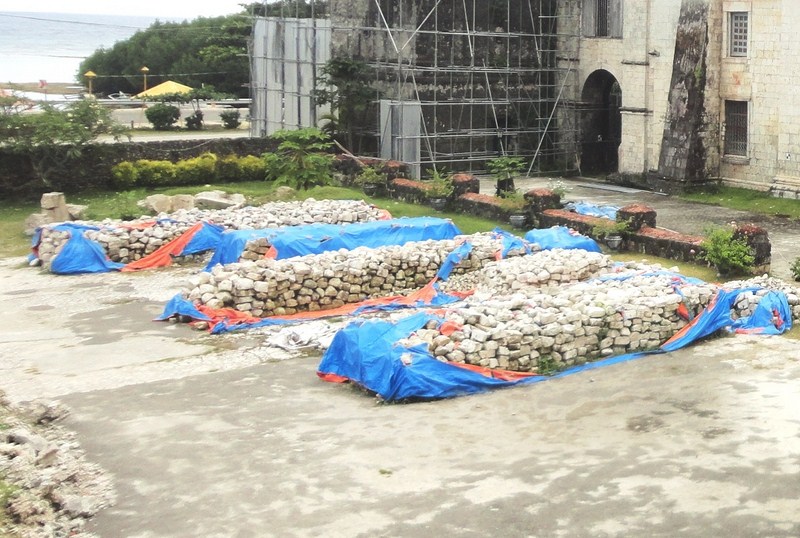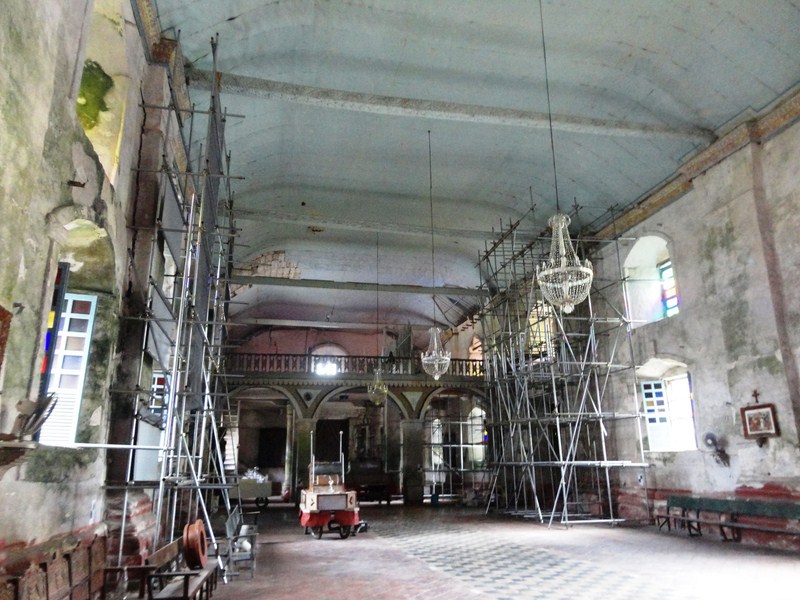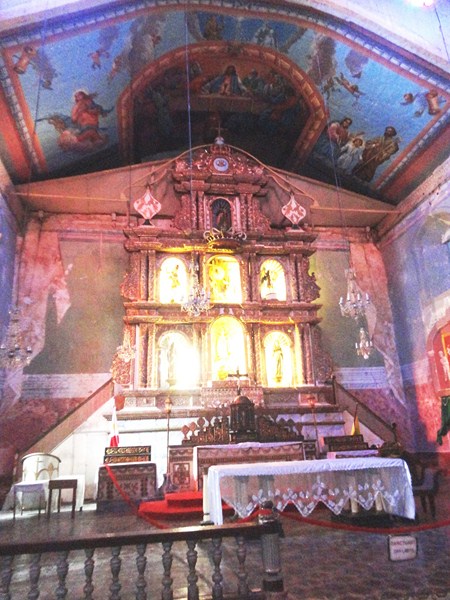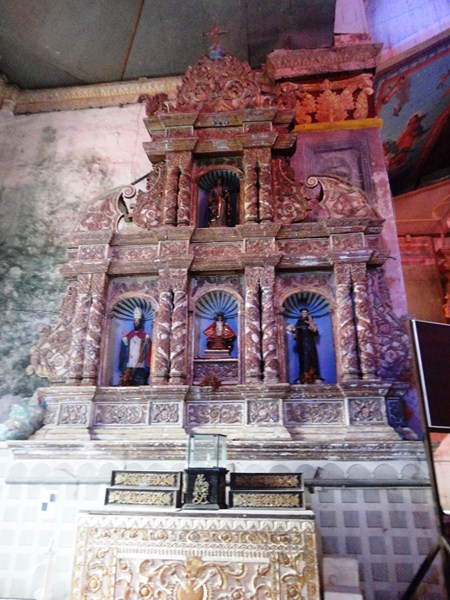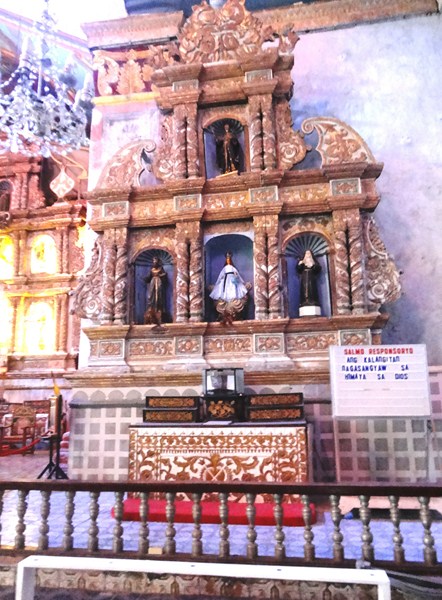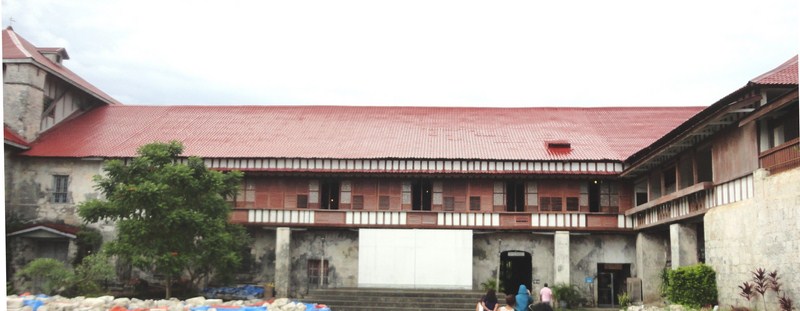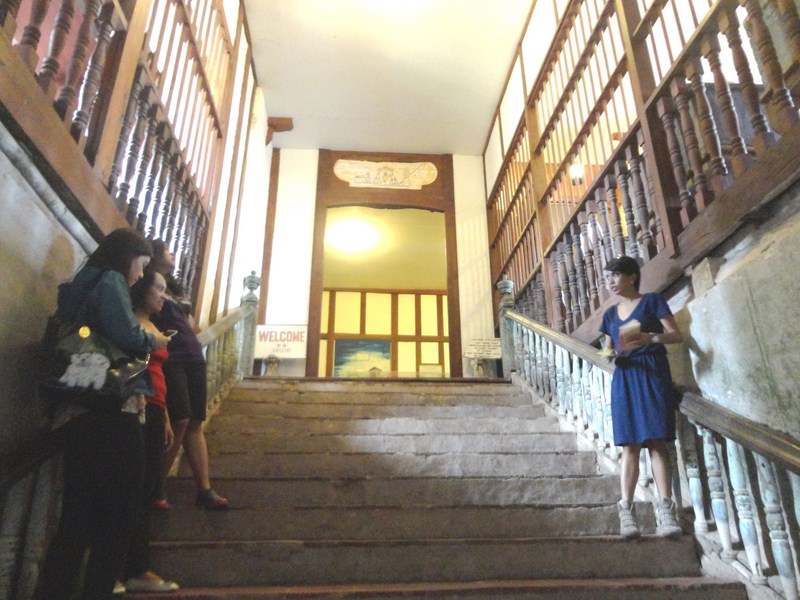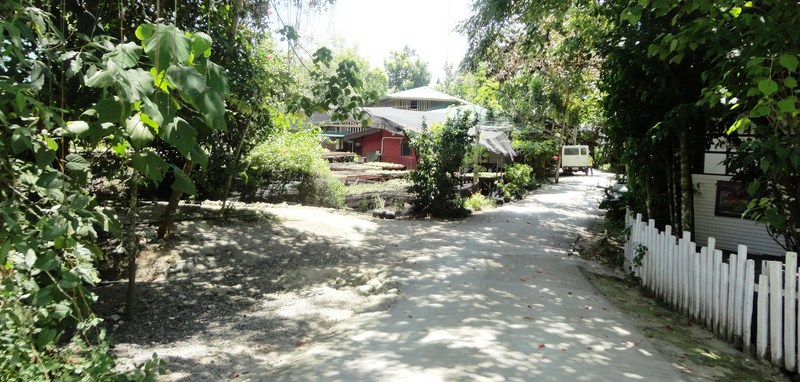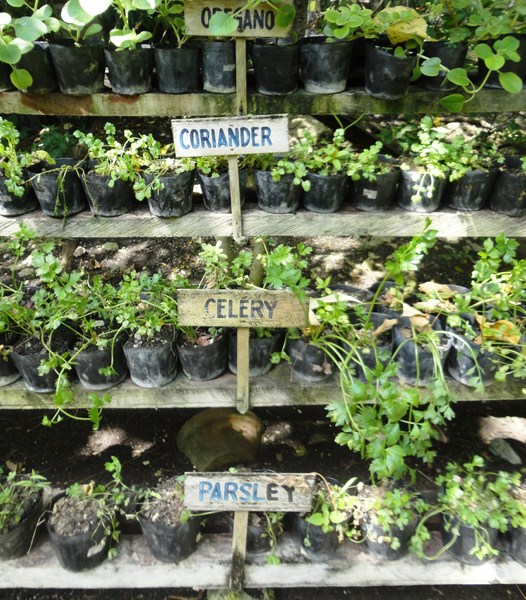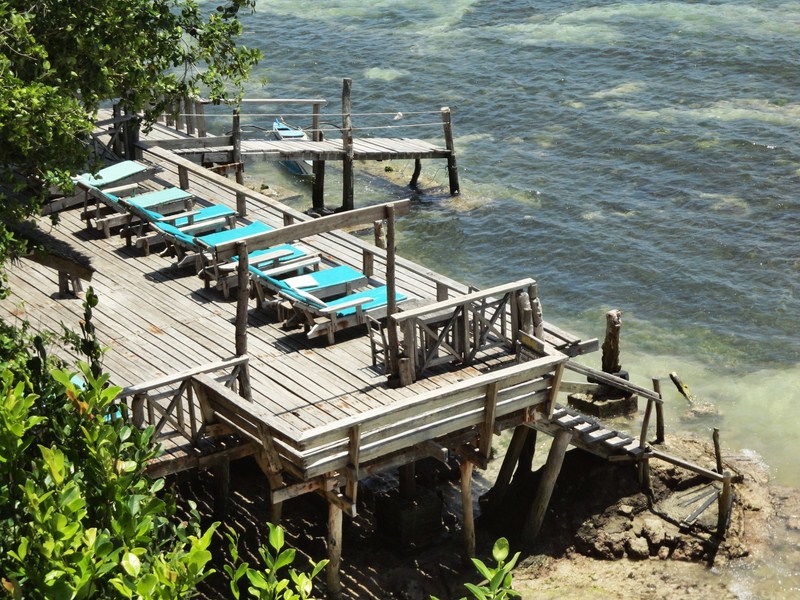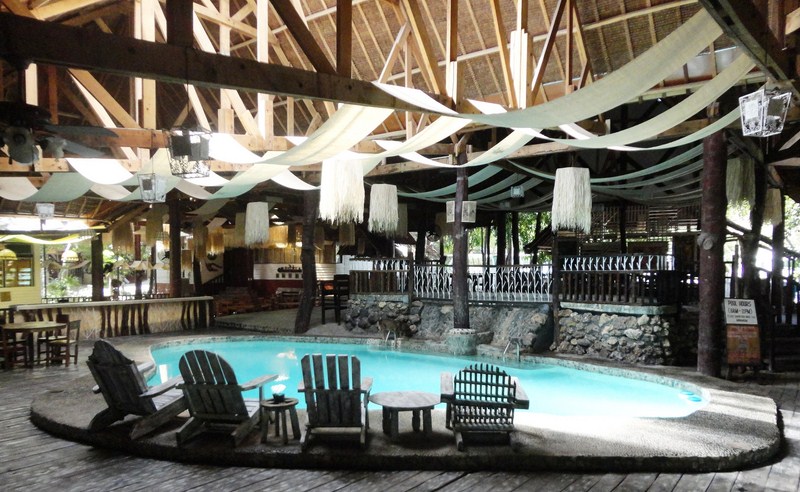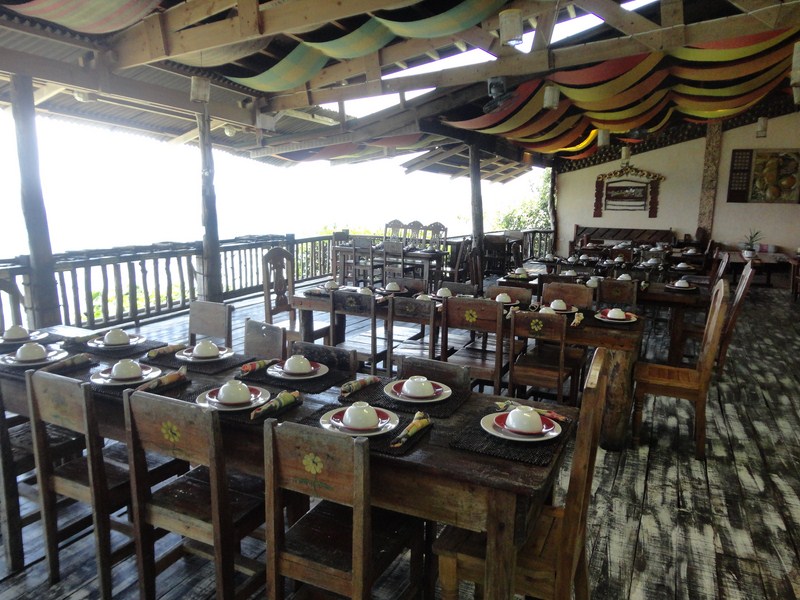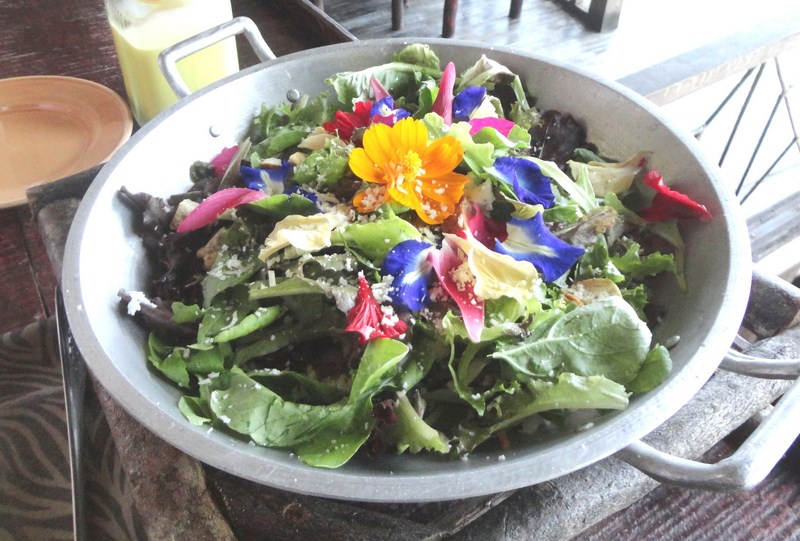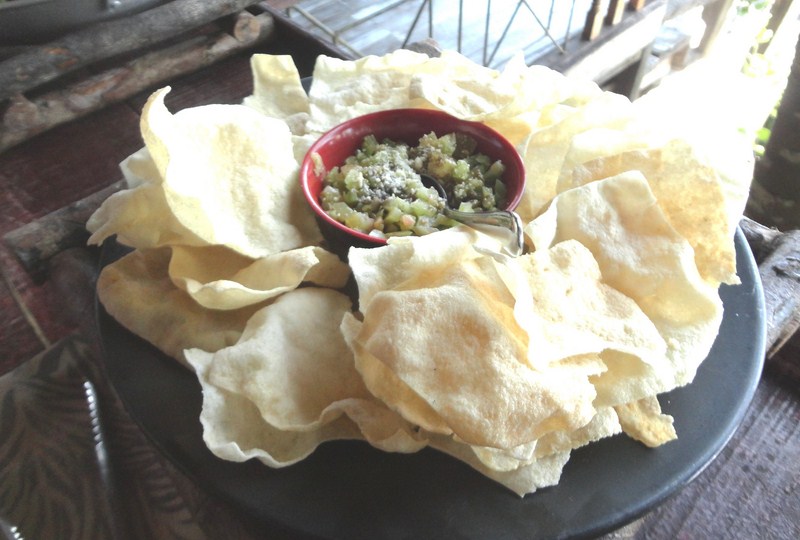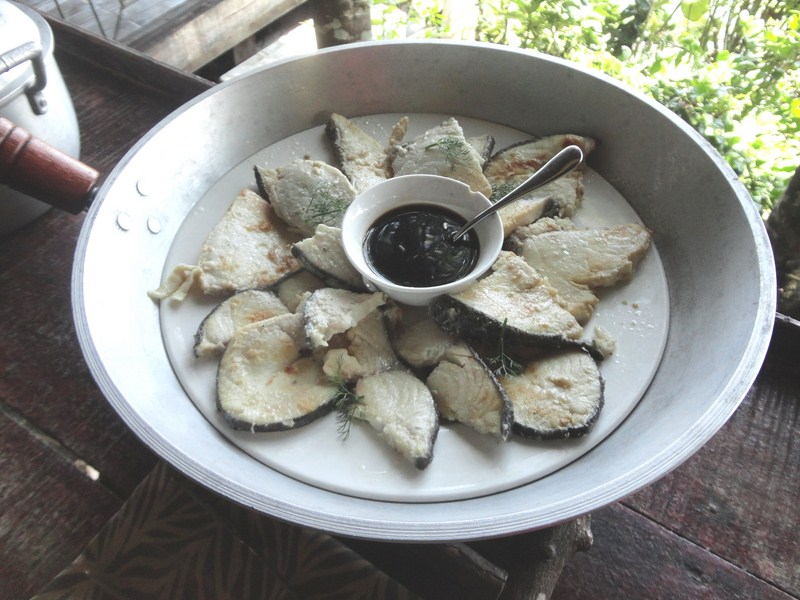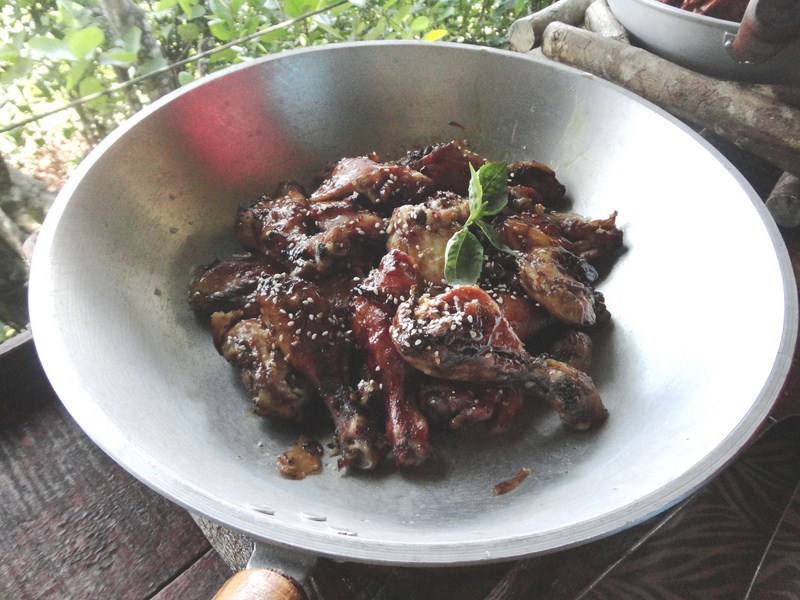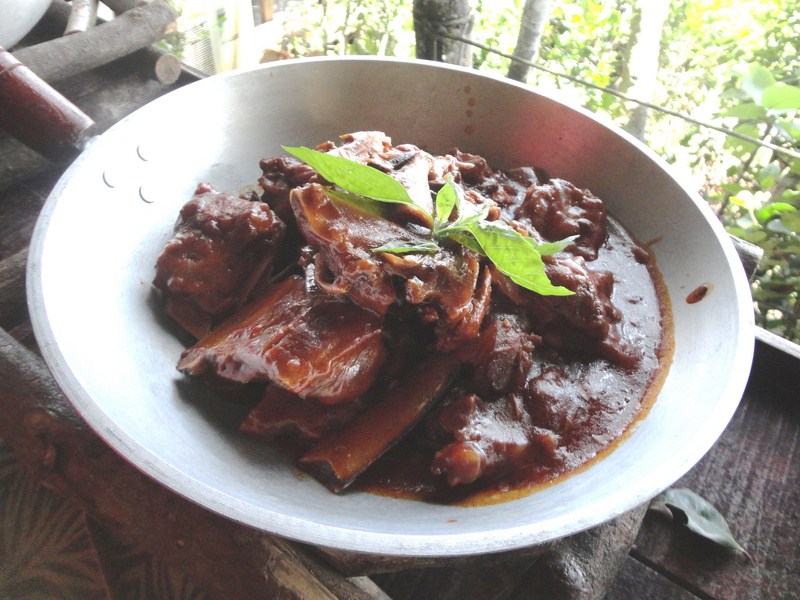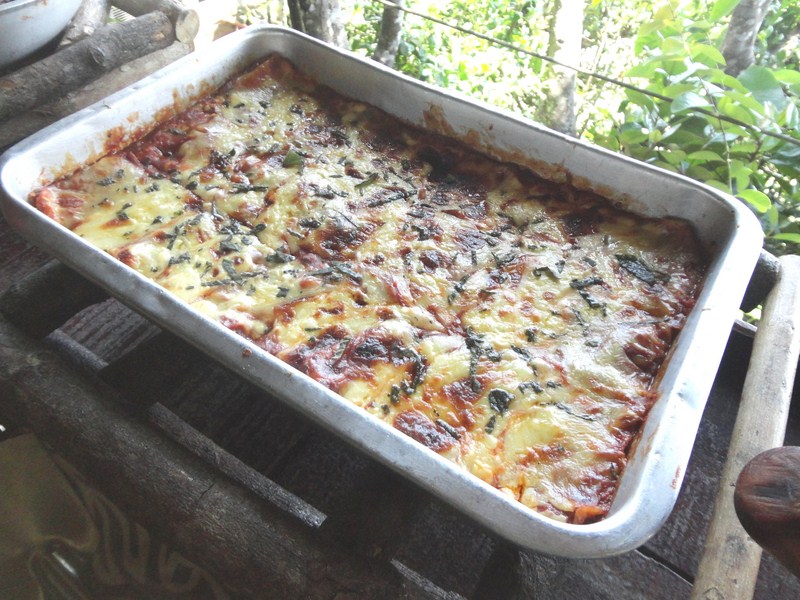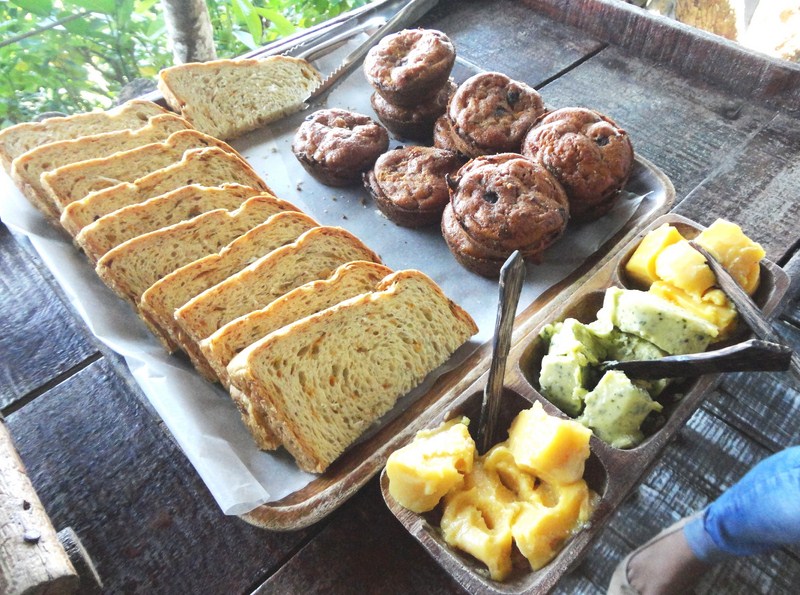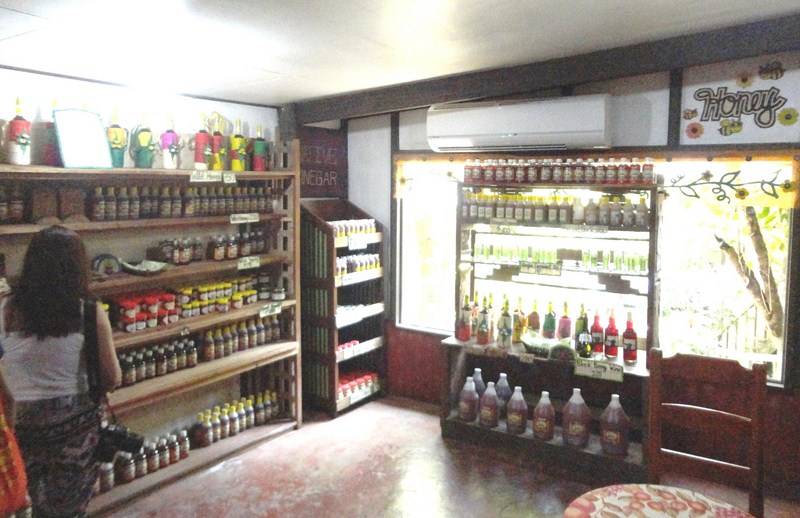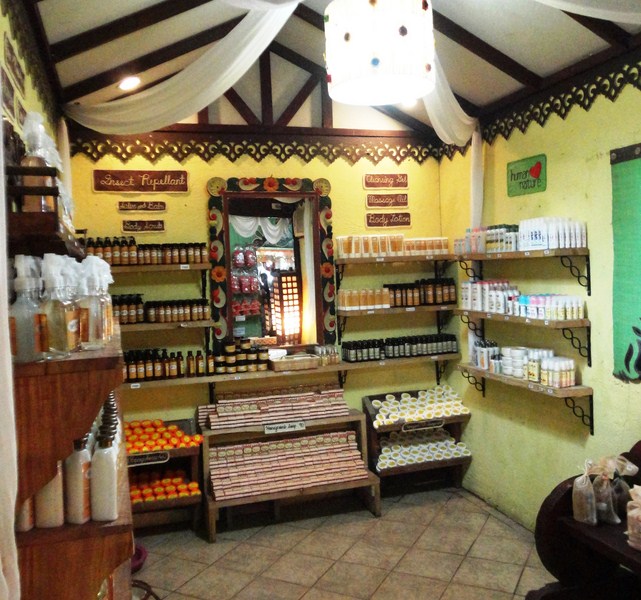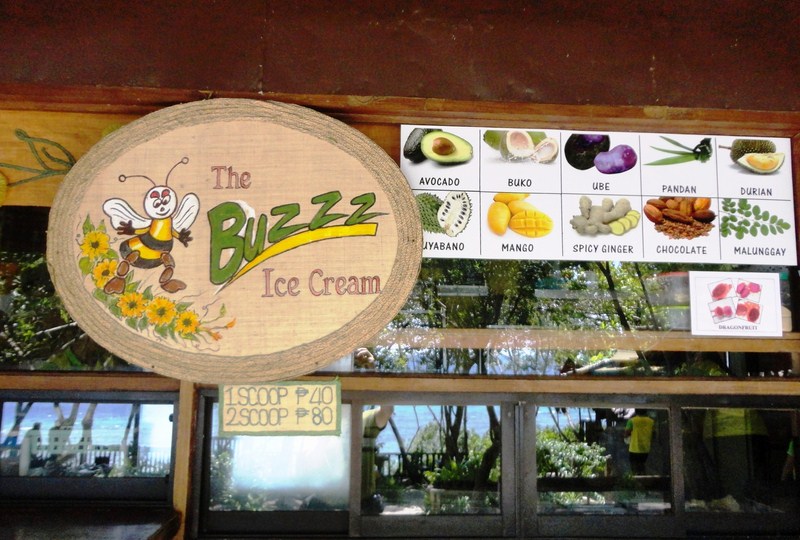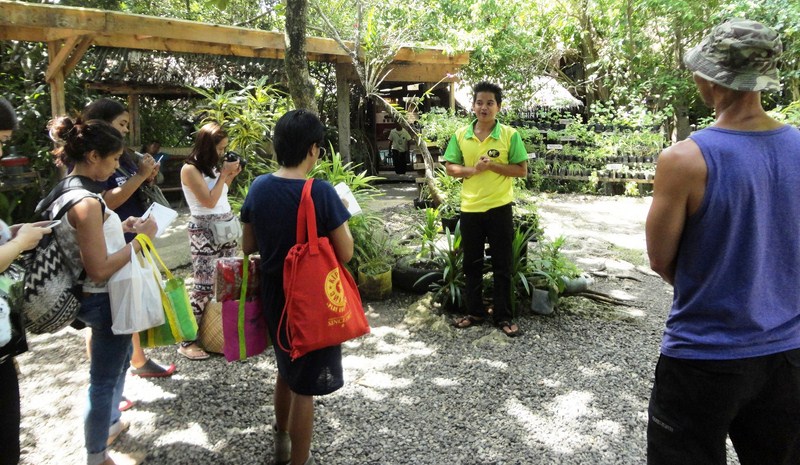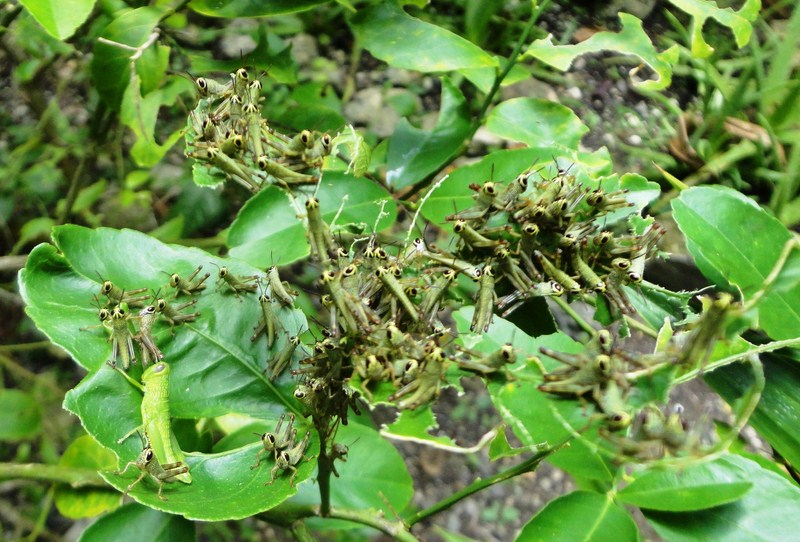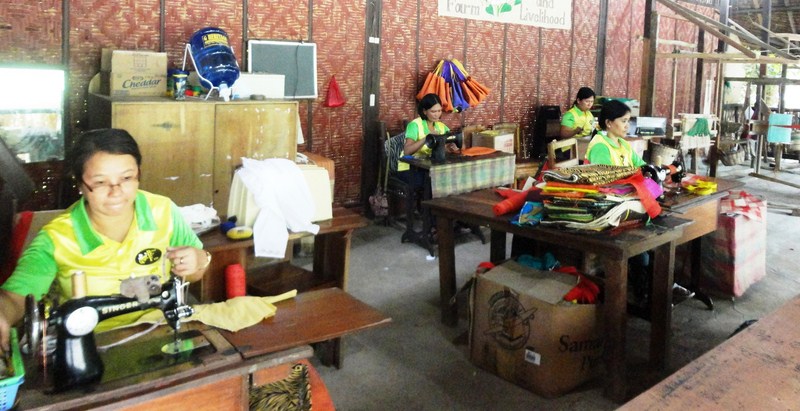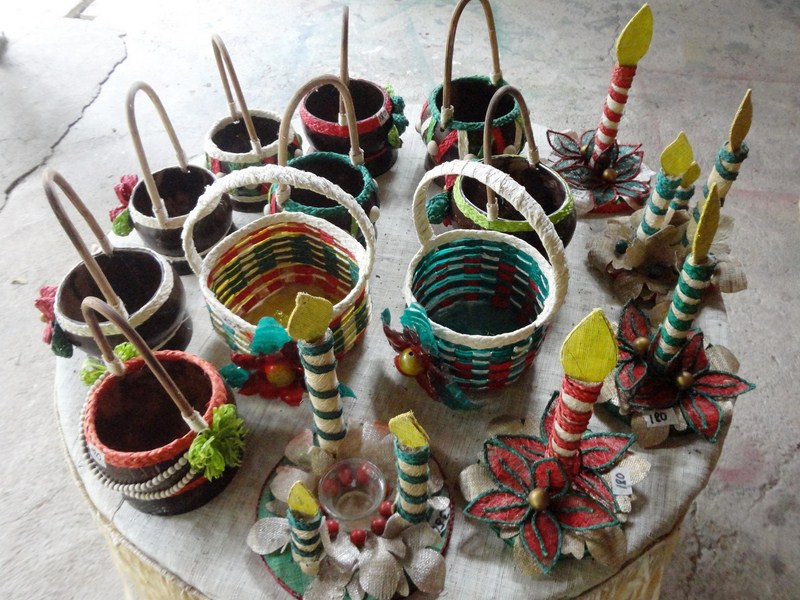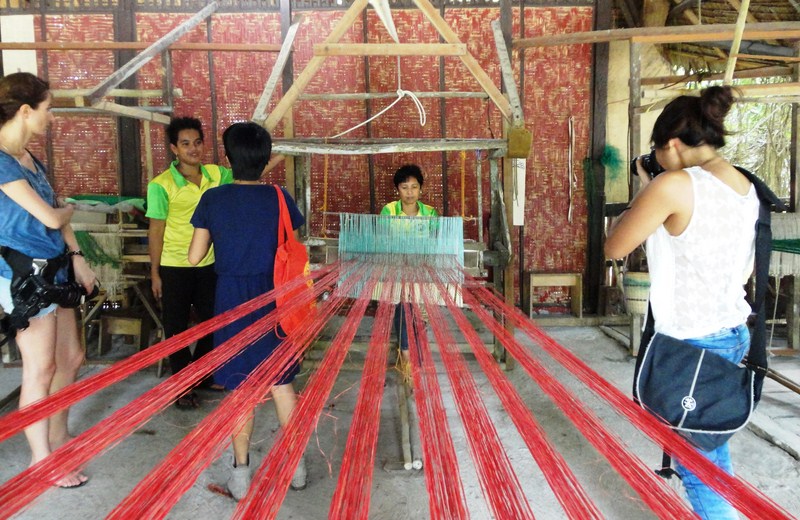From the Bohol Bee Farm, it was back to our airconditioned coach for the short 15-min. (11-km.) drive, via the Dauis-Panglao Road and Tagbilaran East Road, to the town proper of Baclayon. Here, we made a stopover at the town’s Church of the Immaculate Conception of the Virgen Mary, one of the oldest churches in the country, the best preserved Jesuit-built church in the region and one of the best examples of Philippine Baroque combined with Western and Eastern influences.
Just like a number of Bohol’s Spanish-era churches, it too was damaged during the devastating October 15, 2013 earthquake which caused the collapse of its simple Early Renaissance portico facade and its formerly separated 21 m. high, quadrangular coralstone bell tower (connected to the church by the portico in 1875). Fortunately, its nave remains largely intact. An international team of heritage restoration experts have assessed damage to this as well as other Bohol churches and it could take around two to three years for the damaged churches to be restored.
When we arrived, braces and scaffolds to shore and support the unstable structure (to prevent any further damage from future earthquakes) were being installed and temporary storage facilities were constructed. Loose coral stone blocks retrieved from the clearing of earthquake debris have been amassed and stacked at the spacious church patio for future documentation, labeling and use in future restoration work.
Luckily for us, the church interior and its small adjacent Baclayon Museum can still be visited. , The ceiling and intricately-carved, gilded altar and icons plus two side retablos (altar backdrop), all dating back to the Jesuit era, were all spared from destruction. The floor’s glazed azulejo tiles, imported from Mexico and Spain and installed in 1875 after the completion of the portico, were also spared.
The museum, located at the second floor of the former convent (now the Immaculata High School), displays centuries-old relics, religious artifacts and antiquities dating back to the 16th century. The church inventory books have helped in dating some pieces. However, we weren’t allowed to take photographs inside.
Its impressive amount of preserved liturgical material includes an ivory statue of the crucified Christ looking towards heaven; relics of St. Ignatius of Loyola; a statue of the Blessed Virgin said to be presented by Queen Catherine of Aragon; old gold embroidered ecclesiastical vestments; books with carabao skin covers; and librettos of church music written in Latin on sheep skins.
There are also cuadro paintings executed by famed 19th century Filipino painter Liberato Gatchalian in 1859. Among the Baclayon cantorals (large handwritten music books) on display is the Misa Baclayana, a musical setting for the Mass which has been revived and is part of the repertoire of the Loboc Children’s choir.

